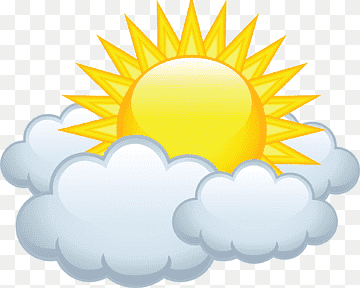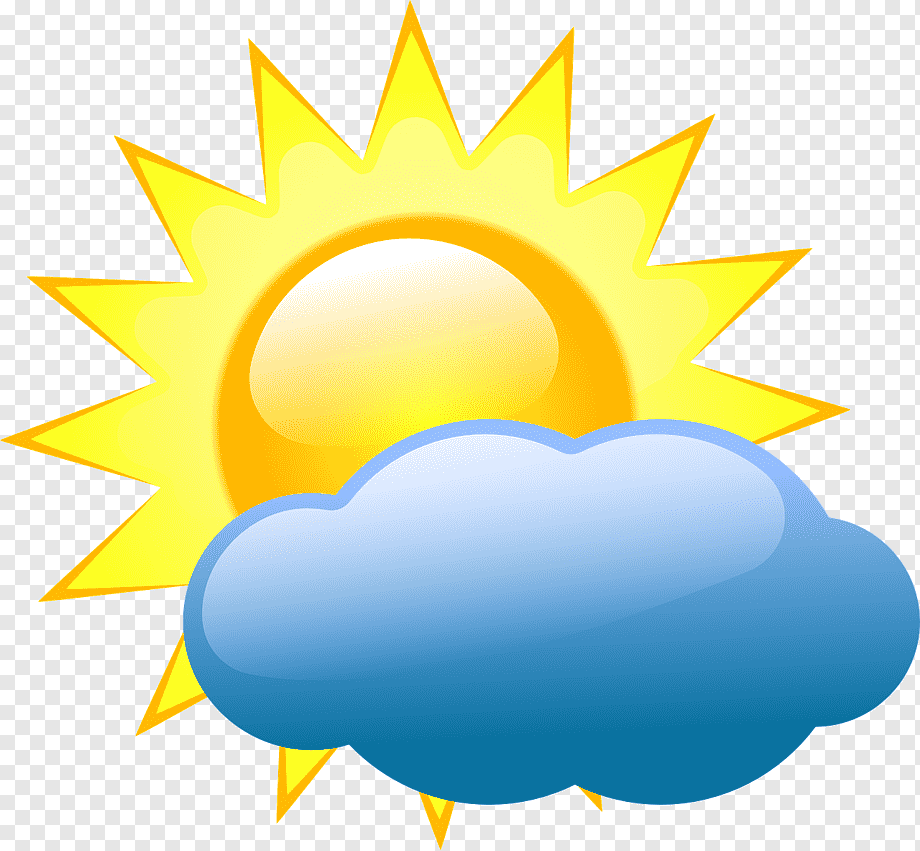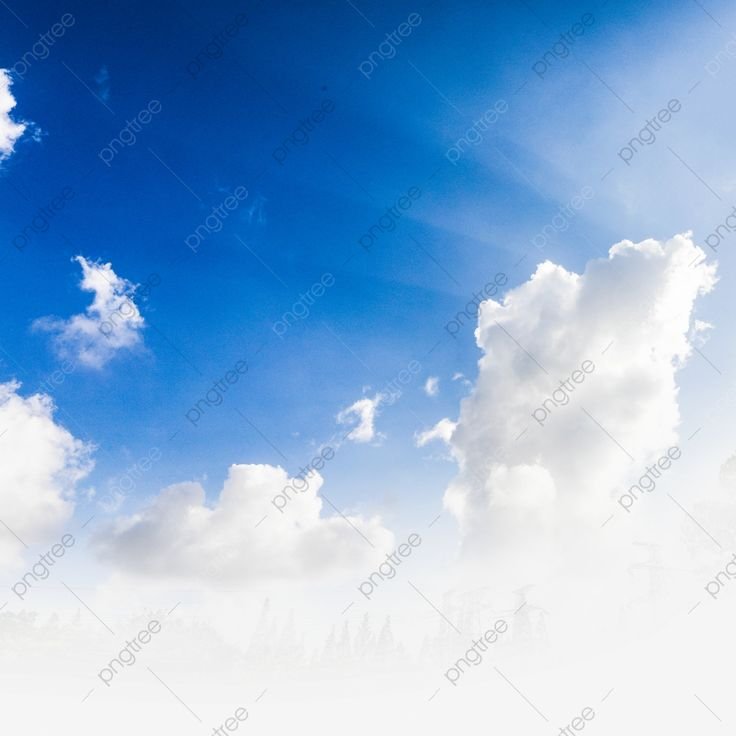Model activities are very important for class 7th students because the students will learn in clear and better understanding of every topic. According to our teaching experience some main benefits of doing model activity task class 7 geography part 4.
Benefits of doing Model Activity Tasks
- Model Activity Tasks enhance the better under of complex concepts always
- Model Activity Tasks always make learning fun and engaging because in model activities the tasks are based on real-life activities
- By doing model activity tasks students will learn problem-solving activities and critical thinking concepts.
- Model activities bridge the gap between theory and real-life applications
- Model activities introduce group and teamwork among students. They learn to communicate, share ideas, and work together to achieve a common goal.
Model Activity Task Class 7 Geography Part 4
We have prepared a better solution for Model Activity Task Class 7 Geography Part 4 step by step. Please read the answers of every question be carefully
Answer the following questions
(i) What is atmosphere?
(ii) Which two gases make the bulk of the atmosphere?
(iii) Which gas creates greenhouse effect in the atmosphere?
(iv) What is weather?
(v) Name three types of rainfall?
(vi) What is air pressure?
Answers of the above questions
Q No: 1 What is atmosphere?
Answer
The atmosphere is the layer of air that surrounds the Earth. It is made up of different gases, such as oxygen, nitrogen, and carbon dioxide. It protects us from the Sun’s harmful rays and helps regulate the Earth’s temperature
Q No: 2 Which two gases make the bulk of the atmosphere?
Answer
The two gases that make up the bulk of the atmosphere are nitrogen and oxygen.
Q No: 3 Which gas creates greenhouse effect in the atmosphere?
Answer
The gas that creates the greenhouse effect in the atmosphere is carbon dioxide (CO2).
Q No: 4 What is weather?
Answer
Weather refers to the condition of the atmosphere at a specific place and time. It includes elements such as temperature, precipitation (rain, snow), wind speed, humidity, and cloud cover. Weather can change from day to day and varies from one location to another.
Q No: 5 Name three types of rainfall?
Answer
The three types of rainfall are given below:
- Convective rainfall
- Orographic rainfall
- Frontal Rainfall
Q No: 6 What is air pressure?
Answer
Air pressure is the force exerted by the weight of the air molecules in the Earth’s atmosphere. It is the pressure or weight of the air above a given point on the Earth’s surface.
Tick the Correct Answer
(i) Which of the following gases protects us from harmful sun vays?
(a) Carbon dioxide (b) Nitrogen (c) Ozone
(ii) The most important layer of the atmosphere is
(a) Troposphere (b) Thermosphere (c) Mesosphere
(iii) Which of the following layers of the atmosphere is free from clouds?
(a) Troposphere (b) Stratosphere (c) Mesosphere
(iv) As we go up the layers of the atmosphere, the pressure
(a) Increases (b) Decreases (c) Remains the same
(v) When precipitation comes down to the earth in the liquid form,
it is called
(a) Cloud (b) Rain (c) Snow
Answers
- Ozone
- Troposphere
- Stratosphere
- Decreases
- Rain
Match the following questions
(i) Trade Winds (a) Incoming solar energy
(ii) Loo (b) Seasonal wind
(iii) Monsoon (c) Horizontal movement of Air
(iv) Wind (d) Layer of ozone gas
(e) Permanent wind
(f) Local wind
Answers
(i) Trade Winds – (e) Permanent wind
(ii) Loo – (f) Local wind
(iii) Monsoon – (b) Seasonal wind
(iv) Wind – (c) Horizontal movement of air
Give the Reason for following
(i) Wet clothes take longer time to dry on a humid day?
Answer
Wet clothes take longer to dry on a humid day because the air is already saturated with moisture. In high humidity, the air has a higher concentration of water vapor, which makes it difficult for the moisture from the wet clothes to evaporate.
(ii) Amount of insolation decreases from the equator towards poles?
Answer
The amount of insolation (incoming solar radiation) decreases from the equator towards the poles. This is because the sunlight at the equator covers a smaller area compared to the sunlight reaching the poles, which is spread over a larger area.
For Fun Solve this Crossword puzzle with the help of the given clues:
| Day | Weather |
 | Monday: Sunny |
 | Tuesday: Partly cloudy |
 | Wednesday: Showers |
 | Thursday: Mostly sunny |
| Friday: Cloudy skies | |
 | Saturday: Clear skies |
| Sunday: Overcast conditions |
Model Activity Task Class 7 Geography Part 1 All Answers
Conclusion
The above questions and tasks are all about model activity task class 7 Geography part 4. Hope you understand and like our tasks for Geography for class 7th because the model activities in class 7th are valuable teaching tools that promote active learning, critical thinking, and a deeper understanding of the subjects being taught.
Latest Jobs
Apply Online For 4224 Posts In Rajasthan Police Head Constable Recruitment 2025
Apply Online For 9970 Posts in RRB ALP Recruitment 2025
Apply Online For 1161 Posts in CISF Constable Tradesmen Recruitment 2025
Today's Govt Jobs: Apply Online For 92000 Posts
Apply Online For 19838 CSBC Bihar Police Constable
Apply Online For 4500 DEE Assam Assistant Teacher Recruitment
My Name is Rakesh Kumar, founder of Free Jobs Guide, which is a dedicated platform to help job seekers find government, private, and remote job opportunities. With accurate updates and reliable resources, I simplify job searching for freshers and professionals always
